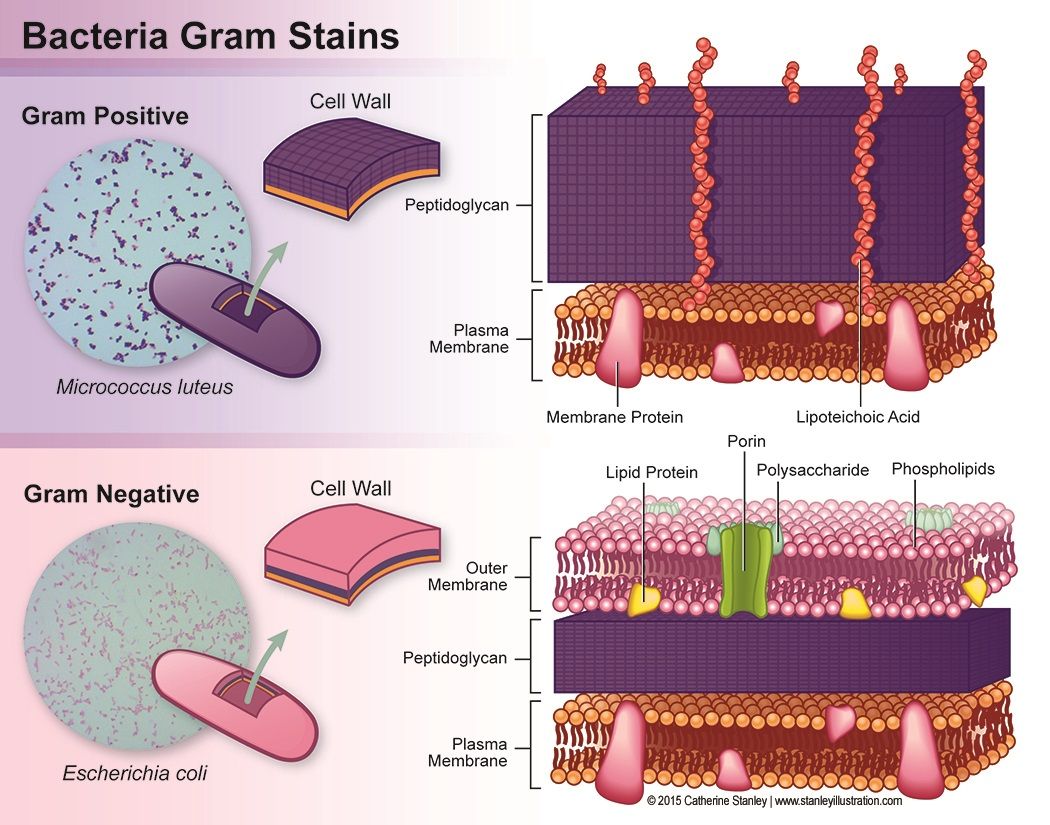
During the last decade, the efforts to combat multidrug-resistant (MDR) microorganisms mainly focused on gram-positive bacteria, namely, methicillin-resistant Staphylococcus aureus and vancomycin-resistant enterococci. While a large number of hospitals have implemented more rigorous infection control measures, drug companies have developed novel antimicrobial agents to combat these bacteria, resulting in several new compounds with novel mechanisms of action, e.g., linezolid and daptomycin. Paralleling the developments in gram-positive bacteria, infections caused by MDR gram-negative bacilli have become a growing problem. In a recent report the Infectious Diseases Society of America specifically addressed three categories of MDR gram-negative bacilli, namely, extended-spectrum cephalosporin-resistant Escherichia coli and Klebsiella spp., MDR Pseudomonas aeruginosa, and carbapenem-resistant Acinetobacter spp. Unfortunately, and contrary to what happened with gram-positive bacteria, no antibiotic from a new class has been developed specifically for MDR gram-negative bacilli. It might be argued that the glycylcycline tigecycline is an exception from the statement made above, but although this drug has in vitro activity against many MDR gram-negative bacilli, the drug was not developed specifically for the purpose of treating infections caused by such bacteria. Moreover, there are now a growing number of reports of cases of infections caused by gram-negative organisms for which no adequate therapeutic options exist. This return to the preantibiotic era has become a reality in many parts of the world.
E COLI AND K. PNEUMONIAE STRAINS RESISTANT TO EXTENDED-SPECTRUM CEPHALOSPORINS
Among the species E. coli and K. pneumoniae, a worrisome trend during the last two decades has been the development of resistance to extended-spectrum cephalosporins, e.g., cefotaxime, ceftazidime, and ceftriaxone. Such resistance is most often due to the breakdown of the extended-spectrum cephalosporin by extended-spectrum β-lactamases (ESBLs), but it may also be due to plasmid-mediated or chromosomally hyperproduced AmpC. Depending on the breakpoint system used, certain ESBLs may not always be detected and classified as resistant to all cephalosporins; however, with the current European Committee on Antimicrobial Susceptibility Testing breakpoints, ESBL-producing isolates are usually resistant to at least one extended-spectrum cephalosporin. The genes encoding the ESBLs are found on plasmids and have a great propensity to spread between bacteria.
Resistance to fluoroquinolones, co-trimoxazole, and trimethoprim is frequently observed among ESBL producers. Thus, the presence of an ESBL is a good marker of the MDR phenotype. The carbapenems, i.e., imipenem, meropenem, and ertapenem, are considered the drugs of choice for the treatment of infections caused by extended-spectrum cephalosporin-resistant E. coli and K. pneumoniae; however, carbapenem resistance is emerging in certain geographic areas. The tetracycline derivative tigecycline has promising in vitro activity against many of these MDR organisms; but the clinical experience with this agent is still limited, and low-grade tigecycline resistance in members of the family Enterobacteriaceae has been reported and has been attributed to efflux pump mechanisms.
Prevalence of resistance. Although statistics from many parts of the world are unavailable, accumulating evidence still suggests that resistance to extended-spectrum cephalosporins in E. coli and, in particular, K. pneumoniae has become a worldwide problem, with only certain areas in the United States and northern Europe being relatively spared. Also, the recently described dissemination of ESBL-producing Enterobacteriaceae in the community poses a new threat, since this may become a powerful reservoir for the continued influx of resistant strains into hospitals.
MDR P. AERUGINOSA
MDR in P. aeruginosa is usually defined as resistance to three or more of the following antimicrobial agents: antipseudomonal penicillins (e.g., piperacillin), antipseudomonal cephalosporins (e.g., ceftazidime), fluoroquinolones (e.g., ciprofloxacin), carbapenems (imipenem, meropenem, and doripenem), and the aminoglycosides (gentamicin, tobramycin, or amikacin). Resistance is often caused by the interplay of various resistance mechanisms, including β-lactamases, aminoglycoside-modifying enzymes, topoisomerase mutations, decreased permeability, and the activities of efflux pumps. The presence of the emerging transmissible metallo-β-lactamases (MBLs) can in itself confer an MDR phenotype, since these β-lactamases can hydrolyze all β-lactams except aztreonam. Also, due to the collocation of genes encoding MBLs and aminoglycoside-modifying enzymes on mobile genetic elements, such isolates are also frequently resistant to aminoglycosides.
CARBAPENEM-RESISTANT ACINETOBACTER SPP.
Acinetobacter spp. are frequently resistant to fluoroquinolones, aminoglycosides, and all β-lactams, with the exception of the carbapenems; and carbapenems are therefore often increasingly considered the drugs of choice for the treatment of infections due to Acinetobacter spp. However, carbapenem resistance in Acinetobacter spp. is emerging in many parts of the world, mainly due to carbapenemases and, possibly, other mechanisms, such as alterations of outer membrane proteins. Although these multiresistant Acinetobacter spp. may still retain susceptibility to the polymyxins (i.e., colistin and polymyxin B), sulbactam, and possibly tigecycline, panresistant isolates that are resistant to all available drugs are now being reported.